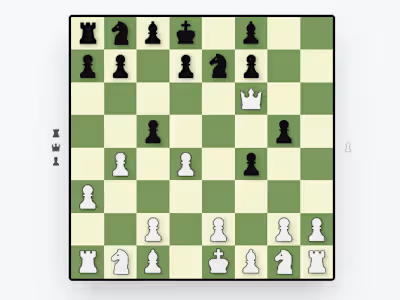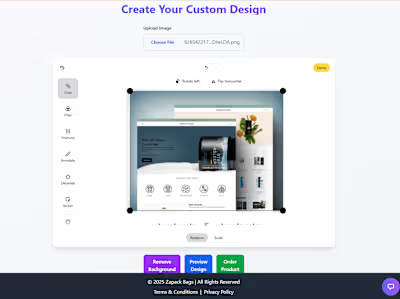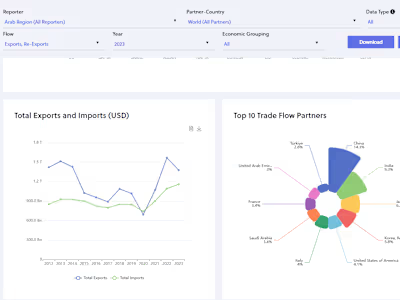VC Map - Virtual City System
Project Overview
The virtual city system is an interactive, web-based platform designed to visualize and analyze urban environments in 3D and 2D using GIS (Geographic Information System) technologies. The system integrates ArcGIS and Mapbox to provide accurate spatial data representation, real-time analytics, and user-friendly navigation.
Key Objectives
Develop an interactive, real-time digital twin of a city
Enable users to explore city infrastructure, buildings, roads, and landscapes
Provide geospatial analytics for urban planning, traffic analysis, and environmental monitoring
Support custom layers (e.g., zoning maps, population heatmaps, IoT sensor data)
Ensure smooth performance for large-scale city datasets
Technologies Used
Frontend (User Interface & Visualization)
React.js → Built a highly responsive UI for interacting with 3D maps
Mapbox GL JS → Rendered custom 2D/3D geospatial data with interactive layers
Three.js → Integrated for 3D models (e.g., buildings, terrain)
CesiumJS (Optional) → For high-fidelity 3D visualization
Redux / Zustand → State management for user interactions
Backend (Data Processing & APIs)
Node.js & Express.js → Developed REST APIs for geospatial queries
PostGIS (PostgreSQL + GIS Extension) → Stored and processed geospatial data
ArcGIS Server / API → Provided GIS layers, routing, and spatial analysis tools
MongoDB → Stored real-time sensor data (IoT integrations)
WebSockets (Socket.io) → Real-time data streaming for traffic and environmental changes
Core Features & Functionalities
1. 3D Virtual City Visualization
Display real-time 3D city models with interactive navigation
Load buildings, roads, parks, and landmarks dynamically
Texture mapping for realistic visuals (satellite images, 3D facades)
2. Multi-Layer GIS Data Integration
Toggle between satellite, terrain, and street views
Overlay custom layers like zoning laws, pollution heatmaps, and demographic data
Analyze flood-prone areas, population density, and traffic congestion
3. Route Planning & Navigation
Integrated real-time traffic data for route optimization
Used GraphQL & REST APIs to fetch and update routing information
Custom algorithms for shortest path, alternative routes, and accessibility analysis
4. Real-Time Environmental & IoT Sensor Data
Live tracking of air quality, noise pollution, and temperature
WebSockets for instant updates on environmental changes
Dashboards displaying real-time sensor data from different city zones
5. Data-Driven Urban Planning & Analysis
Simulation tools for infrastructure development & city expansion
Predictive analytics using AI models for traffic forecasting
Historical data visualization for construction planning and climate change impact
Like this project
Posted Mar 13, 2025
By displaying geodata in a combination of 2D, 3D, and oblique aerial images, VC Map makes it possible to carry out a variety of analyses and simulation GitHub
Likes
3
Views
14






